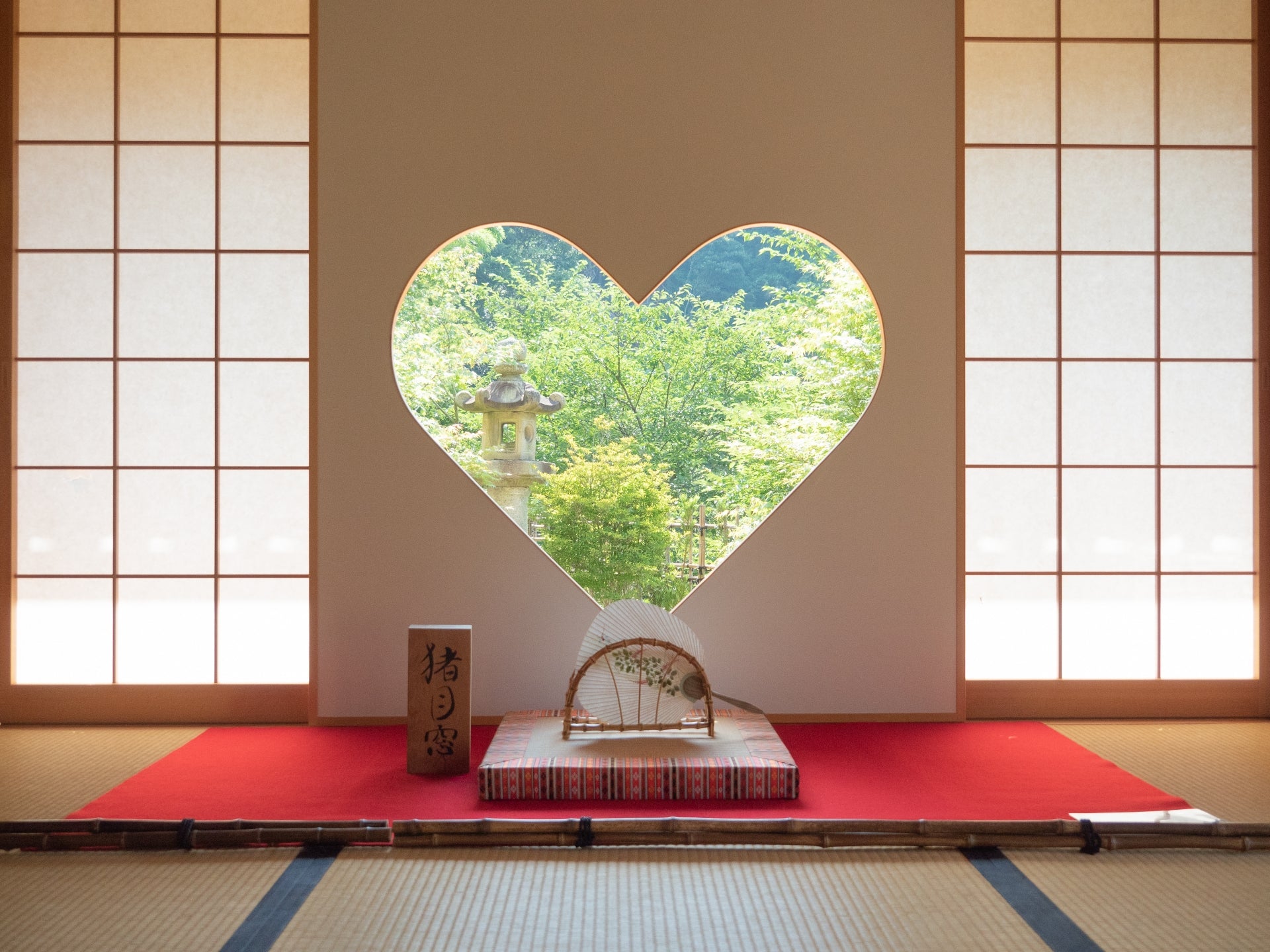Visa-free, independent travel restarted on October 11th. The citizens of 68 countries now get visa-free travel to Japan. You will be given a 90-day tourist visa upon arrival in Japan.

Kyoto is a city blessed in so many ways. It is home to seventeen World Heritage sites. It is also the city of Noh theater, Ikebana and the tea ceremony; of gardens, Maiko; of crafts, kimono and weaving; of poets, artists and aesthetes; of tofu, sake and kaiseki delicacies. It is also a city of temples, shrines, museums, festivals, and seasonal delights. In this blog, I share mainly knowledge of Zen and will give you another perspective of looking autumn color of Kyoto.

The genius of Japan, it is often said, is in the adoption and adaptation of foreign customs. Zen is a prime example. In the Heian period (794-1184), leading priests of Kyoto went on perilous trips to china to study at the feet of the great masters, the result being the introduction of new types of Buddhist thought. In 1202, a temple was set up in Kyoto which challenged the established order, for it preached that the sole means of salvation was through Zen meditation. The name of the temple was Kennin-Ji(建仁寺). And though it remained nominally part of the Tendai sect. 
Nanzen-Ji

The huge Sanmon gate of Zen temples are ceremonial in nature and feature alters rooms on the upper floor. Nanzen-Ji is a noted example, the formidable size is indicative of the temple’s elevated status.

The lotus blossom is a symbol of enlightenment for the way its pure beauty emerges from muddy depths. The flowers bloom from mid-June to early August and are seen to best effect in the Lotus pond at Tenryu-Ji(天龍寺)
Carp is a symbol of perseverance because of their determination to swim upstream. By achieving their aim, they became associated with such positive attributes as courage, strength, and good fortune.

Water basins signify the importance of spiritual as well as physical purification. They are typically found beside pathways leading to tea house, where the sound of flowing water serves to soothe the minds of visitors.
If you want to get the most out of Kyoto, it is very difficult, but these are what I sincerely recommend. The first is to put your camera away. Secondly, do not plan to do more than one major thing in one day. Thirdly, take your time and go leisurely. When you return home and your friends may ask you what you have done, probably you will have to say “Not much.”
Not much you can speak about, perhaps, but much you will never forget.
Kyoto has a lot to offer you, a real memorable experience might be given when your soul is in silence. You will find your own path from the breathtaking beauty of nature.

